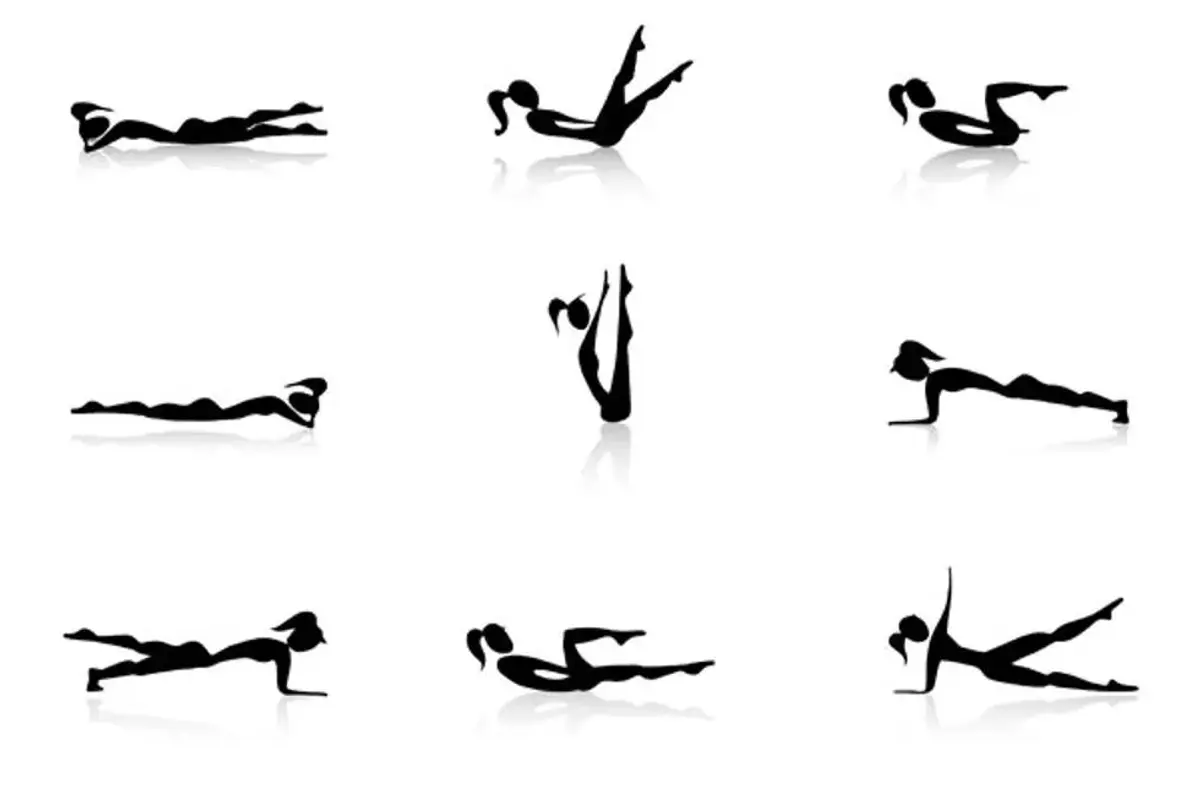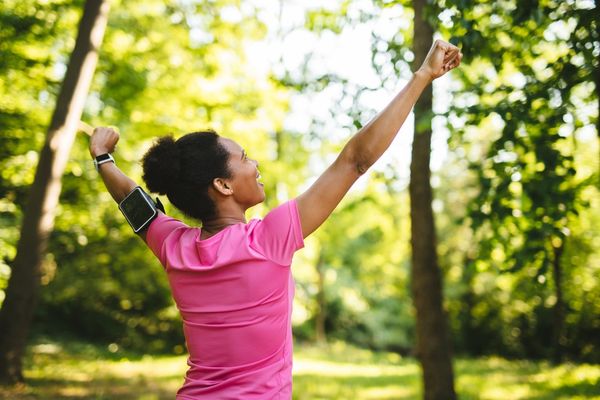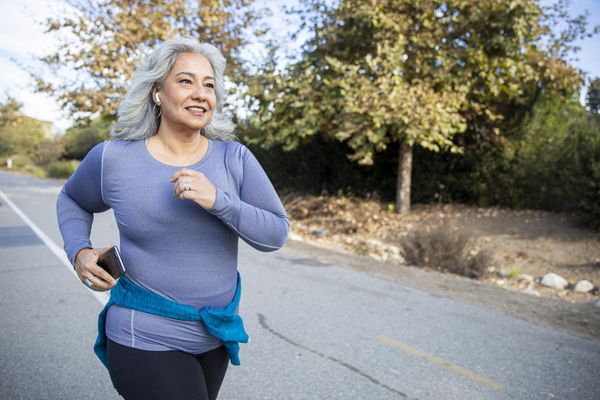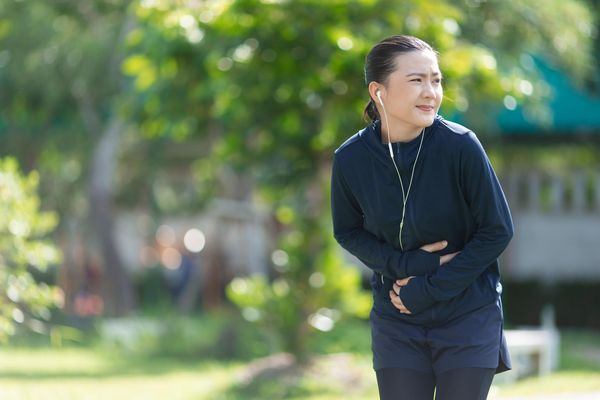Last winter, before leaving for a trip to warmer climates, I went shopping for a new bathing suit. I headed straight for the racks that held one-pieces in all colors (mainly black—it's slimming, after all). My husband good-naturedly tried to convince me to buy a bikini. You've got to be kidding, I said. (Was he suffering from a love-is-blind moment?)
While I couldn't exactly remember the last time I wore a bikini, I recently came across a photograph that jogged my memory: It was August 1981 and I was on my honeymoon in Jamaica. There I was: smiling broadly in front of a waterfall, wearing a tiny orange and yellow thing that passed as a bathing suit. The bikini, which took absolutely no courage to wear back then.
Two children, 10 pounds, and 35 years later, I work hard at core exercises, even though I know a flat stomach is just a distant memory. It's not just because I'd like to maybe consider wearing a bikini again but for so many more important reasons.
A strong and flexible core is crucial for its everyday benefits.
Why?
Your core muscles are a central link, connecting your upper and lower body. You use these muscles more than you realize: to lower yourself to a seated position, to mop the floor, lift a heavy package, twist to look behind you. Something as simple as bending down to tie your shoes or reaching up to grab something off a shelf engages your core muscles, which need to be strong to maintain balance and flexibility (and thus decrease your risk of falling) and to allow the muscles in your pelvis, lower back, hips and abdomen to work together to maintain the best posture possible. Good posture not only projects confidence, but also it enables you to breathe deeply; plus, it alleviates tension on your spine.
And there are so many summer activities—like golf, tennis, swimming, biking, running, kayaking, rowing and volleyball—that are fueled by a strong core, too
If your core is weak or inflexible, it impacts the way your arms and legs function. It also can affect the way your back feels—strong core muscles can help support your lower back and hopefully keep it pain-free. Back pain affects four out of five Americans at some point.
Convinced? I hope so. I know that core exercises are among the least favorite (yes, they can be a bit boring) and are usually saved until the end of a workout routine (if at all)—when it's too easy to make excuses like, "I've run out of time," or, "I'm too tired."
I get it.
So why not begin your workout by getting the least desirable part out of the way first? Kind of like the book on procrastination that I own, called Eat That Frog, meaning get the least favorite chore out of the way first, so you feel a sense of satisfaction.
Oh, and in case you're wondering if I ended up buying a bikini, I did. A really pretty coral one, in fact. Gulp. I threw caution to the wind, put it on and after a few awkward self-conscious moments, realized no one was looking and no one really cared. Except my husband, of course. I knew I'd never have the tight rippling abs of yesteryear, but I felt free and happy.
Get started with this easy exercise, called the bridge, courtesy of the Mayo Clinic.
More Reading:
6 Effective Core Exercises for All Levels
2-Minute Workouts: Exercises Even You Can Find Time For
Even 15 Minutes of Exercise May Boost Life Span
- Lose Weight With Water Workouts - HealthyWomen ›
- How to Get a Strong, Sexy Back - HealthyWomen ›
- Fitness - HealthyWomen ›
- Strengthening Core - HealthyWomen ›







